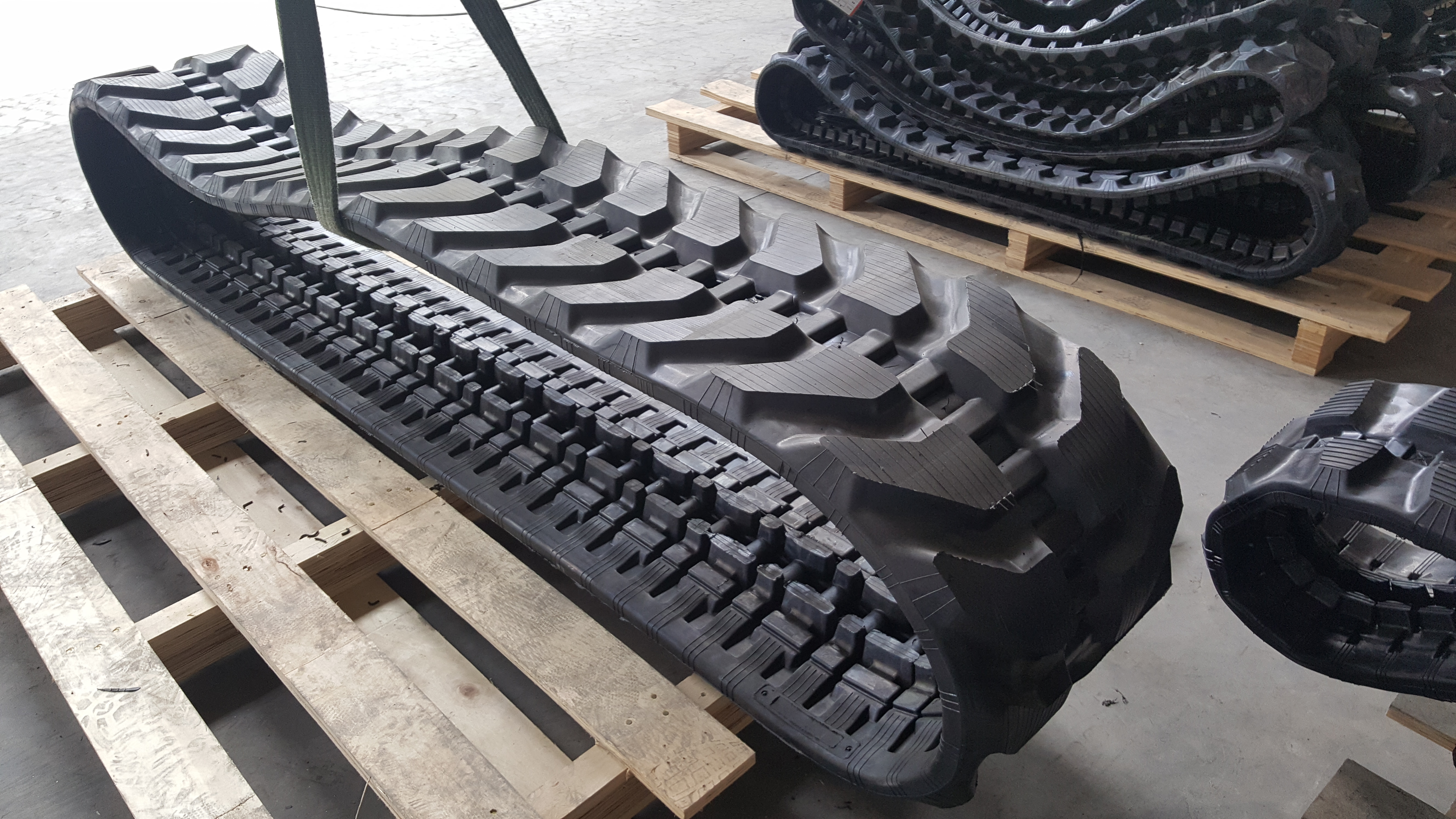Background
In the field of heavy machinery, the efficiency and performance of equipment such as excavators and tractors are largely affected by the quality of the tracks. Excavator tracks, tractor rubber tracks, excavator rubber tracks and crawler rubber tracks are important components for ensuring optimal traction, stability and durability. As the construction and agricultural industries continue to develop, demand for high-performance tracks has surged, prompting manufacturers to explore innovative breakthroughs in track design and manufacturing technology.
Advanced Manufacturing Technology
The emergence of advanced manufacturing technologies such as 3D printing and laser cutting has revolutionized the production of rubber tracks. 3D printing enables rapid prototyping of track designs, allowing engineers to experiment with various shapes and materials without the need for extensive tooling. This flexibility not only speeds up the design process, but also allows for the creation of more complex and efficient track patterns that enhance grip and reduce wear.
Laser cutting technology complements this by providing precision in the manufacturing process. It precisely cuts rubber material, ensuring each track component meets exacting specifications. This precision is crucial to maintaining the integrity of the track, as even small differences can cause performance issues. By integrating these advanced technologies, manufacturers can produce rubber excavator tracks that are not only more efficient but also meet specific operating requirements.
Automated production line
The implementation of automated production lines further simplifies the crawler rubber track manufacturing process. Automation reduces human error and increases production speed, allowing manufacturers to efficiently meet growing market demand. Automated systems can handle all stages of production, from mixing raw materials to forming and curing rails. This not only increases productivity but also ensures consistent quality in large batches.
Additionally, automation enables manufacturers to quickly scale operations in response to market fluctuations. As the demand for rubber excavator tracks and other types of rubber tracks increases, automated production lines can be adapted to increase output without compromising quality.
Quality Control
Quality control is critical in the manufacturing of rubber tracks. By integrating advanced technologies, manufacturers can implement strict quality assurance protocols at every stage of production. Automated inspection systems equipped with sensors and cameras can detect defects in real time, ensuring that only tracks that meet the highest standards reach the market.
Additionally, manufacturers are increasingly using data analytics to monitor the performance of their tracks under real-world conditions. By analyzing user feedback, they can identify areas for improvement and make necessary adjustments to the design and manufacturing processes. This commitment to quality not only increases customer satisfaction but also enhances the brand’s reputation in a highly competitive market.
Market demand analysis
The market demand for tractor rubber tracks is driven by several factors, including growth in the construction and agricultural sectors, demand for efficient machinery, and growing focus on sustainability. Demand for high-quality excavator rubber tracks and tractor rubber tracks continues to grow as industries seek to optimize operations.
Additionally, trends in electric and hybrid machinery are influencing track design as manufacturers explore lightweight and environmentally friendly materials. This shift provides opportunities for innovation, as companies that can adapt to these changes may gain a competitive advantage.
To sum up, the combination of advanced manufacturing technology, automated production lines and strict quality control measures is paving the way for innovative breakthroughs in rubber track design and production. As market demand continues to grow, manufacturers adopting these advanced technologies will not only enhance their product offerings but also contribute to the overall efficiency and sustainability of the heavy machinery industry.
Post time: Oct-14-2024

